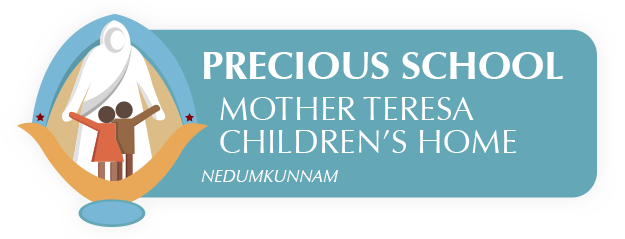Autism
Autism is a severely in capacitating life long developmental disorder that typically occurs in the first three years of life. It causes impairment or disturbance in three main areas: social skills, communicative (verbal and non-verbal) skills, and repetitive and restrictive behaviors. It fundamentally affects how they interpret the world around them. Autistic individuals may show abnormal responses to certain sensations. The disorder may occur alone, or with accompanying problems such as mental retardation or seizures. It generally requires long-term intensive therapy and training to help a child make a difference.
Learning Disorders
Learning Disorders are problems that affect the brain’s ability to receive, process, analyze or store information. These problems can make it difficult for a student to learn as quickly as someone who isn’t affected by learning disabilities. There are many kinds of leaning disabilities. Most students affected by learning disabilities have more than one kind. Certain types of learning disabilities can interfere with a person’s ability to concentrate or focus and can cause someone’s mind to wander too much. Other learning disabilities can make it difficult for a student to read, write, spell, or solve arithmetic problems.
Learning disorders may coexist with various conditions including attentional, behavioral and emotional disorders, sensory impairments or other medical conditions. Some children develop sophisticated ways of covering up their learning issues, and so learning disability symptoms do not show up until the teen years when they are subjected to schoolwork. For success, individuals with learning disabilities require early identification and timely specialized assessments and interventions involving home, school, community, and workplace settings.
Cerebral Palsy
Cerebral Palsy (CP) is a group of permanent movement disorders that appear in early childhood. Signs and symptoms vary among individuals. Often, symptoms include poor coordination, stiff muscles, weak muscles, and frequent tremors. Cerebral palsy is caused by abnormal development or damage to the cerebellum. There is no known cure for CP. However, supportive treatments, medications, and surgeries may help many individuals with the condition. Of these include physical, occupational, or speech therapy.
Lend a Hand, Lift a Life!
St. Mother Teresa said, “Not all of us can do great things in this world, but small things with great love.”

